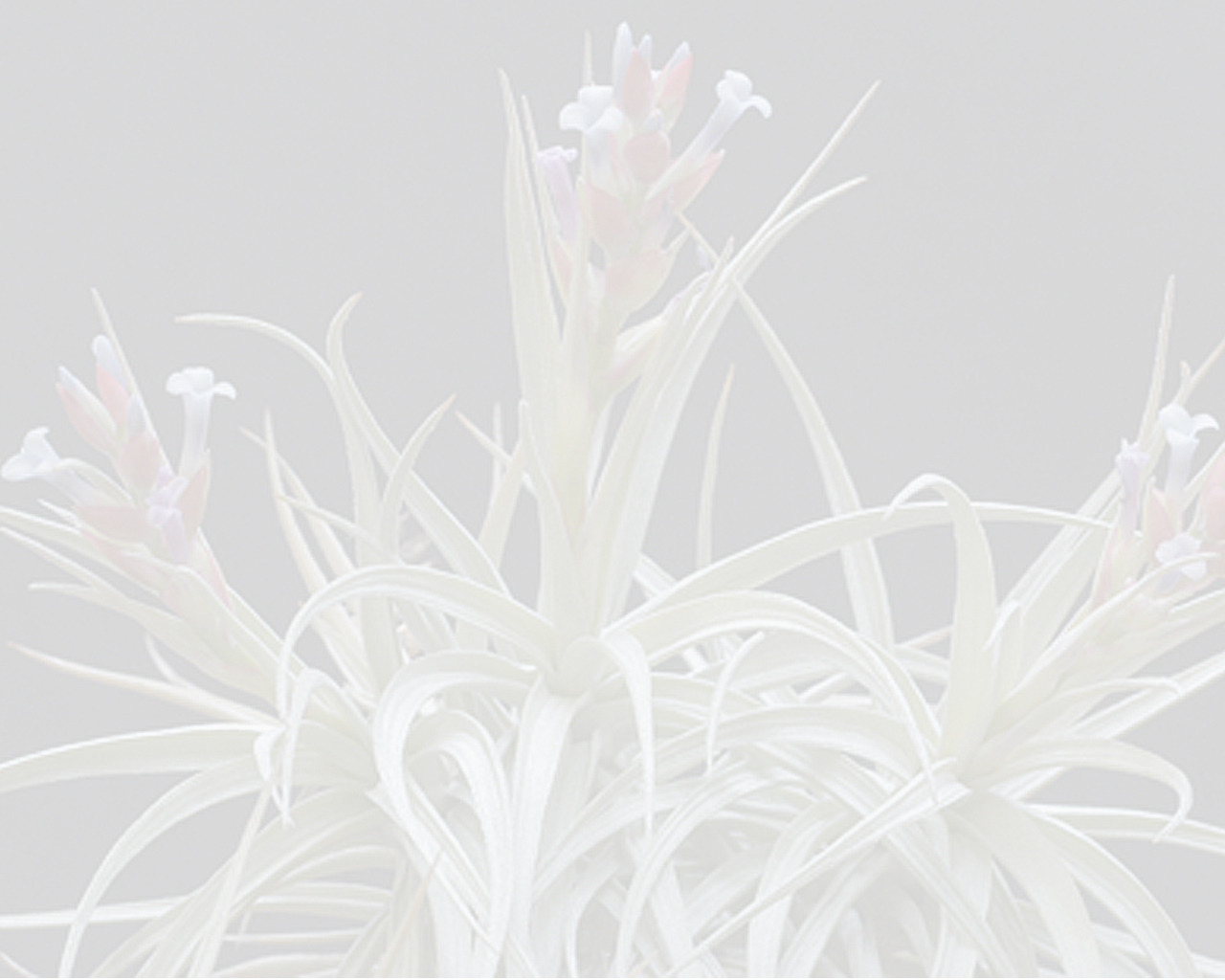


plant stemless, however the base is richly spreading, flowering 2 - 2.5m high leaves very numerous, making a large rosette to 1m high, flat and wide to 2m diam. leaves: sheath sharply distinct from the blade, long ovate, to 15 cm long, 6 cm wide, both sides dense leather brown scaled, contrasting in colour with the dense appressed brown scaled blade; blade narrow lineal, to 1.2m long, 2.5 cm wide next to sheath, narrowing to a long filiform reflexed tip. inflorescence: peduncle to 50 cm long, shorter than the rosette, erect, to 1.5 cm thick, glabrous, pale carmine red, with short internodes; peduncle bracts leaf like, with short spoon shaped, erect, sheaths, almost enveloping the stem, and long, acutely bent downwards filiform blade; fertile part erect, 60 - 150 cm long, laxly twice-branched, narrow pyramidal, 10 –15 c cm diam., rachis 1 cm thick, glabrous, edged pale carmine red, internodes 1–3 cm long; side spike (1) ascending at a slope, including the end spike 5–10 cm long with rachis edged pale carmine red, short, to 1 cm long, leafy sterile base and 2–4 short side spikes; side spike (2) the bottom primary bracts with distinct, broad ovate, 1–2 cm long, spoon shaped sheath, and long filiform aacutely bent downwards, brown lepidote blade, the upper ones tipped aand bladeless; secondary bracts cup shaped, similar to floral bracts but bigger; spikes laxly 4–10 flowered, with a flat sided, glabrous, pale carmine red, lightly flexuous rachis and ca 5 mm long internodes. flowers very short stemmed, hanging secund, to 1.5 cm long; floral bracts cup shaped, ca 5 mm long, as long or shorter than the internodes, however much shorter than the sepals, keeled, nerved, glabrous, pale carmine red; sepals to 1.5 cm long, the adaxial ones keeled, blunt, greenish at the base, the tip very dark violet, free; petals narrow tongue shaped, the tips reflexed, ca 2 cm long. stamens and style deeply enclosed. fruits 2–2.5 cm long, violet green.Edited from (15-11-2014): Rauh 1977. Bromelienstudien (Mitteilung 7). I. Neue und wenig bekannte Arten aus Peru und anderen Lšndern .